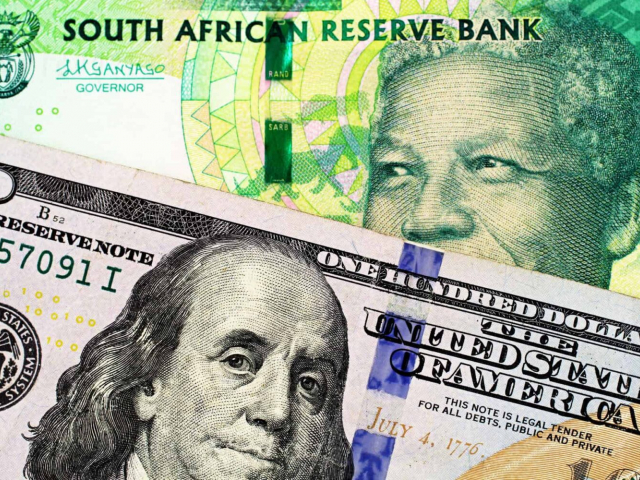
USD/ZAR
The USD/ZAR currency pair, which combines the US dollar and the South African rand, is one of the most volatile pairs in the market. Over the past three years, its average volatility has been nearly 13%, making it particularly interesting and simultaneously risky for traders. The value of the rand is closely tied to the value of gold and other natural resources. When the yellow metal experiences significant swings, such as during crises, the USD/ZAR rate also shows strong price fluctuations.
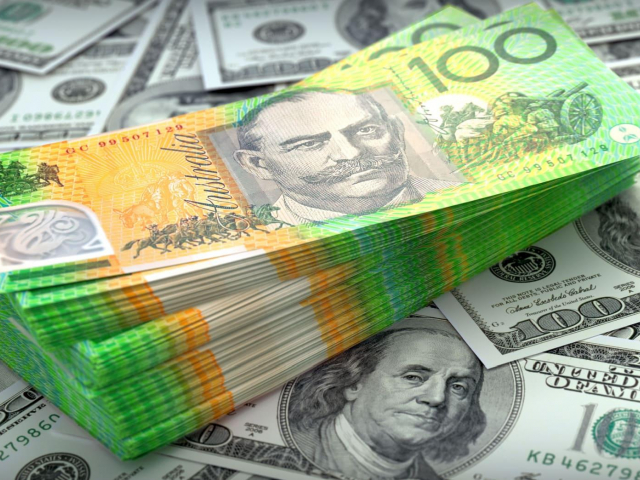
AUD/USD
The AUD/USD pair, which includes the Australian and US dollars, also features significant volatility, averaging 9.6%. The Aussie is often referred to as a commodity currency due to Australia's significant role in gold production. As such, the currency has a strong positive correlation with the precious metal. Another factor influencing its volatility is China's economic growth as the world's second-largest economy is Australia's key trading partner.
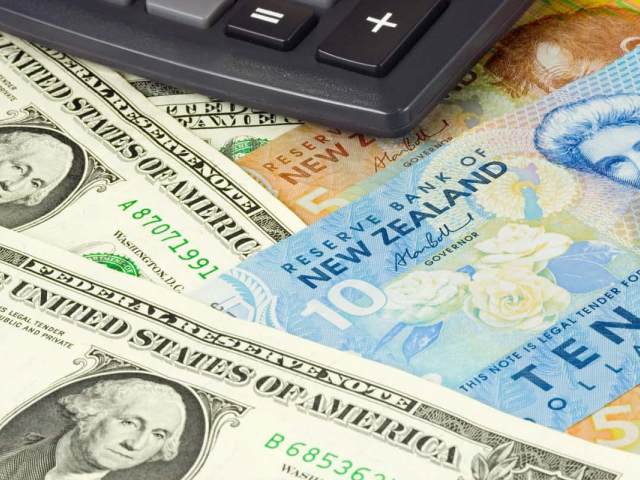
NZD/USD
This currency pair, consisting of the New Zealand and US dollars, boasts volatility close to that of the Australian dollar, averaging 9.5%. The New Zealand dollar is closely linked to the Australian economy and typically experiences similar fluctuations to the Aussie. In addition, the dynamics of the kiwi depend on the situation in global commodity markets, especially on the prices of agricultural products, which make up a large part of the country's exports.

USD/MXN
The average volatility of the USD/MXN pair, which combines the US dollar and the Mexican peso, is 9.2%. High exchange rate fluctuations are largely due to the macroeconomic indicators of both countries. Mexico's economy, dependent on oil exports, is highly vulnerable to changes in global oil prices and the economic health of the United States, its largest trading partner. Furthermore, US immigration policy has a significant impact on the peso.
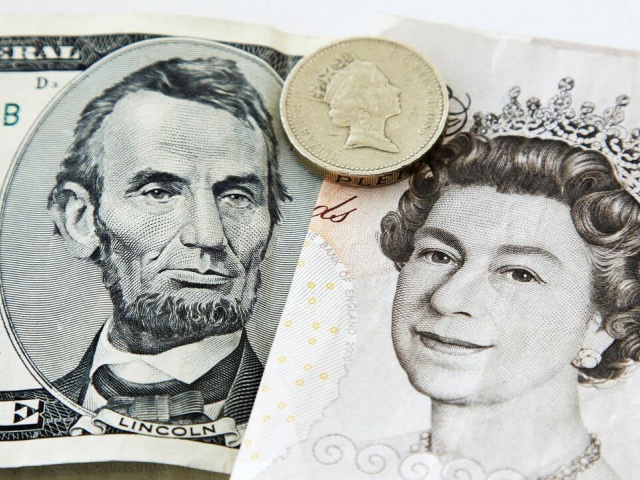
GBP/USD
The GBP/USD currency pair, which includes the British pound and the US dollar, fluctuates by an average of 7.7%. Sharp exchange rate swings are usually due to macroeconomic statistics from the United States and Britain such as inflation, GDP, and unemployment data. The quote is also extremely sensitive to any changes in the monetary policy by the Bank of England and the Federal Reserve.
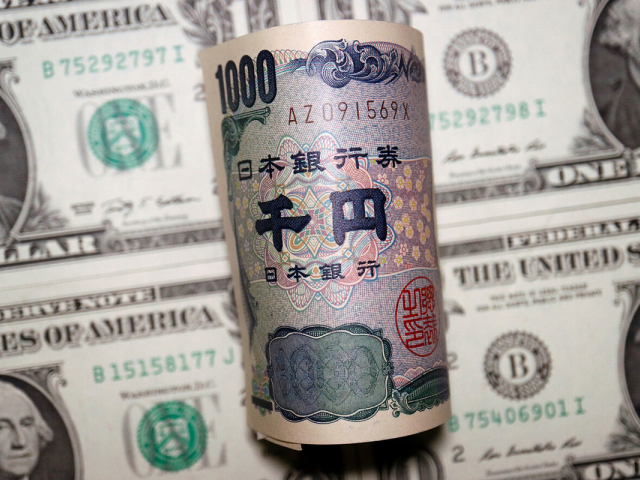
USD/JPY
Over the past three years, the average volatility of the dollar/yen currency pair has been 7.6%. The yen is traditionally considered a safe-haven asset, which significantly influences its value during times of economic instability. Besides, the pair's movement strongly depends on the macroeconomic indicators of Japan and the US, as well as the monetary policies pursued by the Bank of Japan and the Fed. Since the beginning of this year, the yen has lost over 10% against the dollar due to the dovish stance of the Japanese regulator.
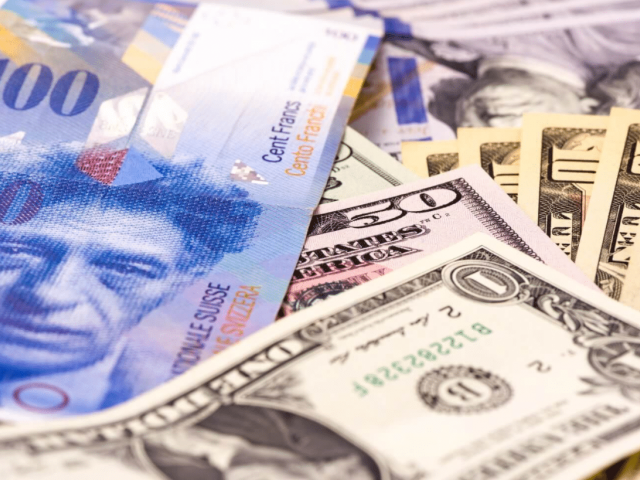
USD/CHF
The USD/CHF currency pair, which includes the US dollar and the Swiss franc, is also quite choppy. Its volatility indicator averages 6.7%. The pair’s dynamics are determined by numerous factors, including the monetary policies of Switzerland and the United States, as well as the global geopolitical situation. As the Swiss franc is considered a safe-haven asset, any crises, military conflicts, or natural disasters tend to cause its price to rise sharply.
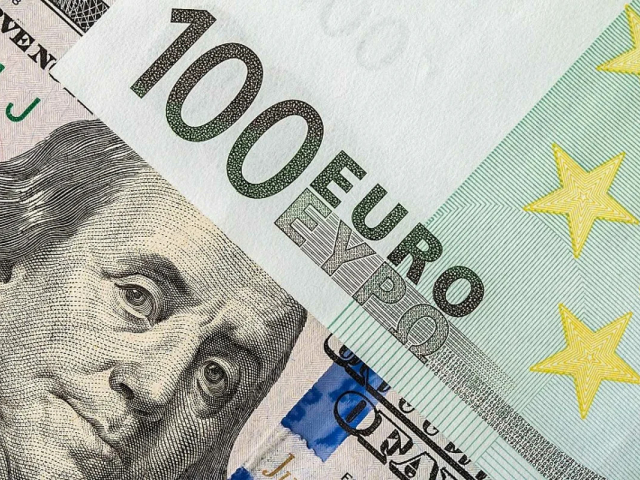
EUR/USD
The average volatility of the euro/dollar currency pair has been 6.6% over the past few years. Sharp quote fluctuations are usually caused by unexpected changes in the monetary policies of the ECB and the Fed, severe economic setbacks in one of the major countries of the euro area or the United States, as well as crucial political events such as elections and referendums on both sides of the Atlantic.
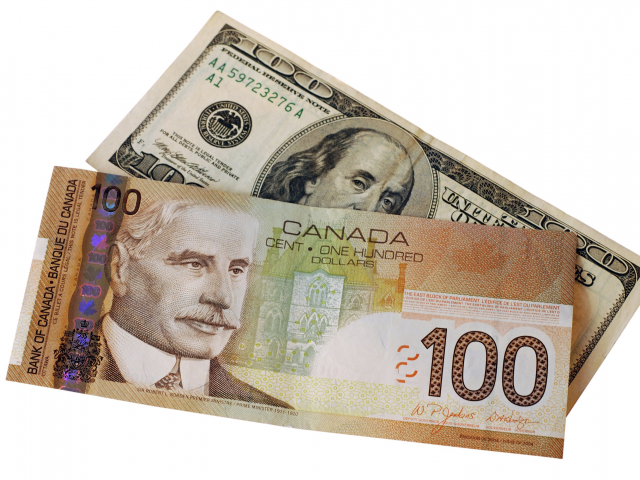
USD/CAD
The volatility index of the asset, consisting of the US and Canadian dollars, is 6.1% on average. As a commodity currency, the Canadian dollar is subject to significant fluctuations caused by sharp changes in oil prices. After all, Canada is a major oil exporter. Changes in interest rates and monetary policy by the central banks of both countries also have a significant impact on the exchange rate.
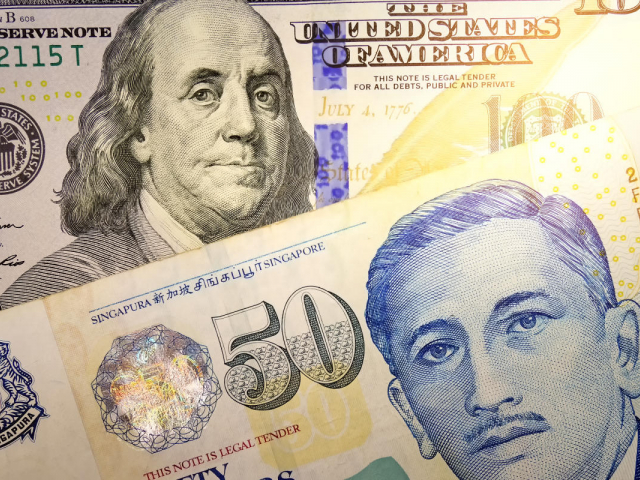
USD/SGD
The average volatility of the US dollar/Singapore dollar pair is 4%. This minor cross pair tends to trade in a relatively tight range, making it less attractive to swing traders looking for quick market shifts, although it can also experience sharp price movements. Short-term spikes in volatility can be attributed to monetary policy decisions made by the US Federal Reserve and the Monetary Authority of Singapore.
 Deutsch
Deutsch 
 Русский
Русский English
English Bahasa Indonesia
Bahasa Indonesia Bahasa Malay
Bahasa Malay ไทย
ไทย Español
Español Български
Български Français
Français Tiếng Việt
Tiếng Việt 中文
中文 বাংলা
বাংলা हिन्दी
हिन्दी Čeština
Čeština Українська
Українська Română
Română
